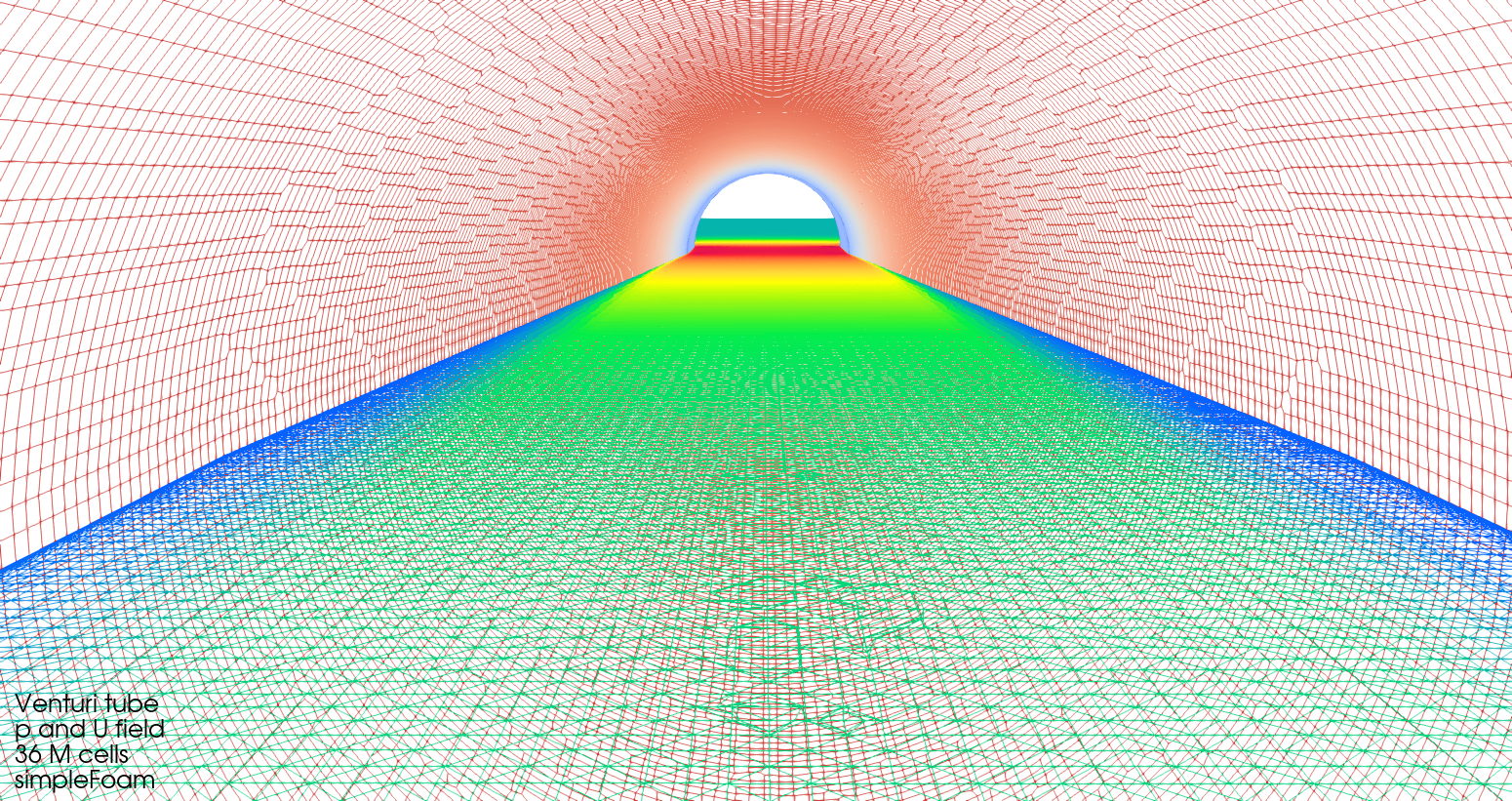
- OPENFOAM WITH DOCKER FOR MAC HOW TO
- OPENFOAM WITH DOCKER FOR MAC MANUAL
- OPENFOAM WITH DOCKER FOR MAC CODE
The selected OpenFOAM solver can be changed manually in the Solver edit field. For compressible flow type problems the rhoCentralFoam solver is used instead.

OPENFOAM WITH DOCKER FOR MAC MANUAL
Note that manually editing OpenFOAM case files will lock the settings controls (due to potential mismatches between manual input and the controls). The Edit button in the control panel opens a new dialog box where OpenFOAM dictionary and case files can be viewed and edited (select the dictionary file to view/edit in the left hand side tree list). Note that for parallel simulations the convergence plots can be somewhat irregular due to the unordered log file output from parallel runs. A horizontal dashed gray line shows the convergence criteria at which point the solver will automatically stop (when reached by all solution variables). In the Convergence tab the error norm for the solution variables such as velocities, pressure, and turbulence quantities are plotted after each iteration and time step. If the Close automatically checkbox is marked, the OpenFOAM control panel will be automatically closed after the solution process has finished, and FEATool will switch to Postprocessing Mode.ĭuring the solution process one can also switch between the Log and Convergence tabs to see and monitor the solver output log and convergence plots in real-time. While the solution process is running the Stop button will halt/pause the solver and plot the current solution state, while the Cancel button terminates the solution process and discards the current solution (note that it can take some time for the solver register a halt event and to stop). Import - interpolates and imports the computed solution back into FEATool for postprocessing and visualization.

Solve - performs a system/subprocess call to the selected OpenFOAM solver and starts a monitoring process.Export - converts and exports the defined FEATool model and mesh to compatible OpenFOAM case/dictionary files.This means that the following steps are performed in sequence In the lower control button panel the Solve button will start the automatic solution process with the chosen settings. This will open the OpenFOAM solver settings and control panel. To use the OpenFOAM solver for a model with one of these physics modes, press the toolbar button in Solve Mode, instead of the default solve button. The FEATool-OpenFOAM solver integration supports single physics models created with either of the applicable physics modes

OPENFOAM WITH DOCKER FOR MAC HOW TO
See the installation section below for information on how to install OpenFOAM. Note that the OpenFOAM binaries are not included with the FEATool distribution as every system and OS needs specific versions for compatibility, and they must therefore be installed separately. This simultaneously allows for both significantly larger simulations and faster results. OpenFOAM includes solvers specially designed and tuned for flow problems which can yield a magnitude or more speedup and memory efficiency compared to MATLAB's built-in direct solver. The FEATool-OpenFOAM CFD solver integration makes it easy and convenient to perform advanced CFD simulations within a fully integrated GUI directly in MATLAB.
OPENFOAM WITH DOCKER FOR MAC CODE
The OpenFOAM code base is widely used in academia, as well as in industry by for example Volkswagen and Audi in automotive engineering applications, and in Formula 1 racing to model and optimize aerodynamics. OpenFOAM® is a popular open-source Finite Volume Method (FVM) based Computational Fluid Dynamics (CFD) solver, and features a wide selection of solvers for incompressible, compressible, laminar, and turbulent flow regimes.


 0 kommentar(er)
0 kommentar(er)
